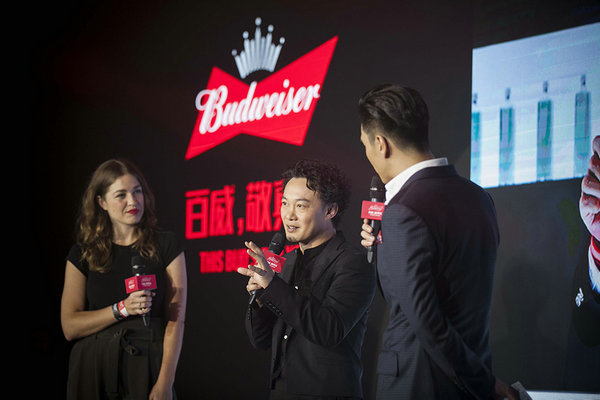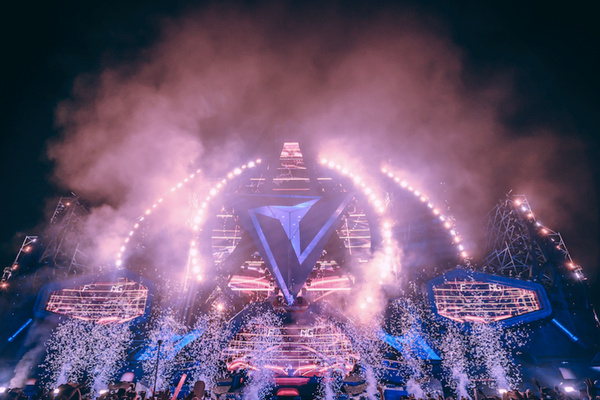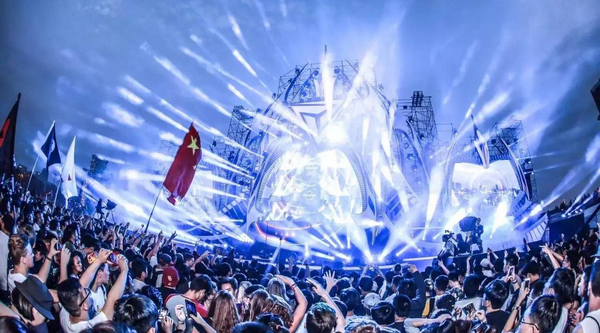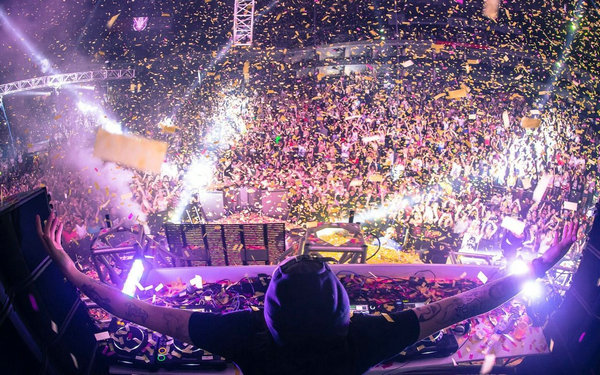
China dances to a new, electronic beat
Ren Xiaojin
Though pop has a dominant position in market, it seems that China's music scene is changing and becoming more diverse thanks to electronic dance music.

It is midnight and the usually busy streets of Beijing are silent, but Dada Club, a small music venue hidden in an old narrow hutong is just about to come alive with an electronic music feast for restless night crawling hipsters.
"I don't like catchy pop music or mainstream Billboard remixes that they play in most clubs," says Wang Xinzi, a 27-year-old Dada fan says outside the crowded club. "I prefer music that excites me and I can dance to."
In China's culture hubs of Beijing and Shanghai, it is not rare to see electronic music venues such as Dada Club packed on weekday nights especially when the venue has foreign guest DJs performing.
Though pop has a dominant position in market, it seems that China's music scene is changing and becoming more diverse.
Last month, thousands of music lovers climbed the Great Wall for an electronic music festival disregarding pouring rain and danced to music by DJs from home and abroad.

The annual Anheuser-Busch InBev SA/NV-sponsored Storm Electronic Music Festival, being held since 2014, generated 388 million yuan ($57 million) in profit for five cities last year with over 150,000 tickets been sold.
But to break into a market dominated by pop music is not as easy as it sounds.
Netease Cloud Music is one of China's mainstream music websites says one of its most popular electronic music song lists has been hit more than 83 million times. But among the 120 songs on the list, there is hardly any Chinese producer. And, according to Netease data, a third of the users prefer pop.
This is something even artists can relate to. In AB InBev's promotion film Fang, Eason Chan, better known as a pop singer, says that though he would like to go beyond pop into electronic dance music he is unsure how his fans will react.
"I would love to try a different genre and I can definitely dance," he says.
"But most of my fans love my slow pop songs and they want me to sing such songs."

In the film, Eason plays a bartender who guides the main female character to release her inner wild side and enjoy life through electronic music.
In China, electronic music is still a young genre.
Tracing its background, Shen Lijia, the 29-year-old founder of Ran Music, a Beijing electronic music label, says: "Electronic music was introduced to China in the 1990s, and was popular only with those who had lived abroad before."
"And many people still see it as simply messing around with tapes, and the audience dance like it is disco."
"It is not easy to run a young independent music label," says Shen as he has to work as a producer and DJ to keep the label running.
Meanwhile, electronic dance music is becoming trendy for Chinese youth, says Elaine Liu, the connection director of AB-InBev APAC North, who adds: "Electronic dance music always inspires and encourages people to unleash themselves, which is the spirit that we hold dear.

"It's great to witness the growing popularity of electronic music among Chinese youth; more young people are starting to unleash their true selves.
In 2016, tickets for the Storm festival sold out in minutes and the limited edition aluminum Storm bottle became a fashion icon among electronic dance music fans.
Separately, Eric Zho, the CEO of A2LiVE, the China promoter of the Storm Music Festival says this year's event was a way to take Chinese electronic music abroad.
"For a long time the domestic electronic music culture relied on other countries," says Zho.
"This year we will expand the market into Sydney so the world can listen to the music of China."